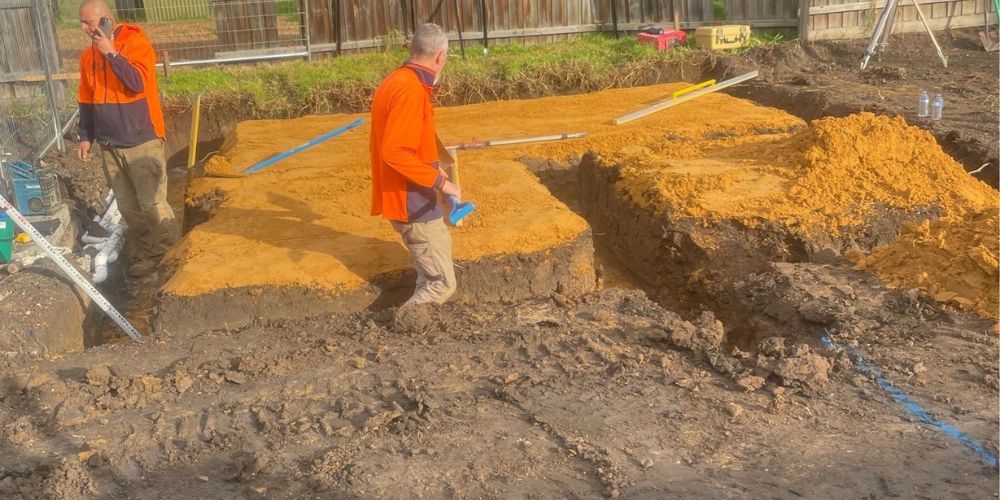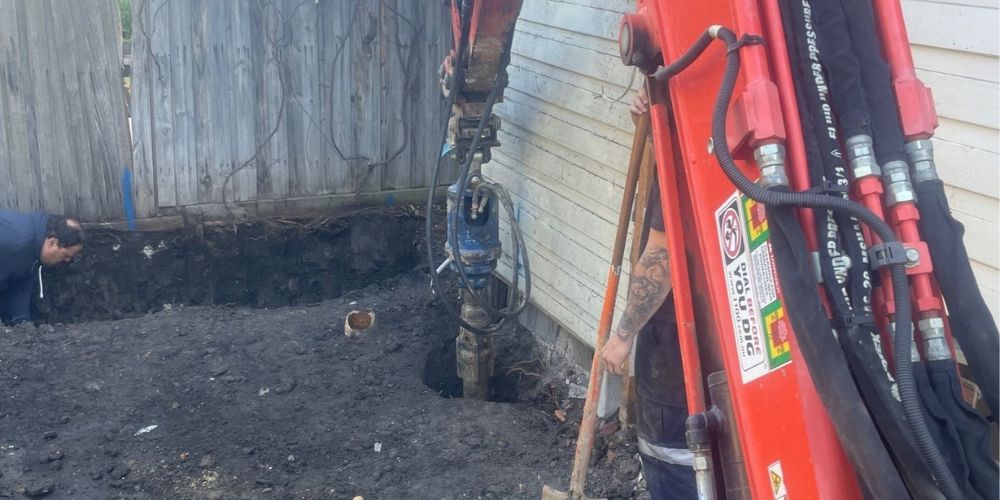Table of Contents
A Guide To Using Water In Earthworks
Water is an important component of Earthwork. During this process, large amounts of water are frequently used. The common uses of water are:
- Site welfare
- Water for soakaway
- Dust suppression
- Vehicle wheel washing
- Water for ballast
- Water for horizontal drilling
- Water to drink
- Providing onsite services
- Cleaning and grouting
- Demolition by water
- Piling and drilling
- Landscaping and pond construction
So let’s take a closer look at the more critical applications of water in earthworks.

Using Water For Soil Compaction
When soil particles are pressed together, the pore space between them is reduced, resulting in soil compaction. When the soil is still, it is more difficult to compact it. Increased water content lubricates soil particles. Workability increases and particles are more densely packed. the water content of the soil is increased until the optimum water content is found at that point, the air voids reach a constant volume.
When water content increases, the total voids (air and water) both increase, but the dry density decreases. Thus, the air is forced out of the soil voids, resulting in a higher dry density. After reaching the optimum water content, it becomes harder to force air out and to further reduce the air voids. Water content also influences soil compaction by using the electrical double layer theory.
Compacting soil is done primarily to:-
- Compaction increases the soil’s shear strength.
- Compaction reduces the voids ratio, making water flow through the soil more difficult. This is critical if the soil is to be used to retain water, as in the case of an earth dam.
- Compaction can help prevent large water pressures from building up, which can cause soil to liquefy during earthquakes.
Importance Of Water Trucks In Earthworks
Mining and building projects include the use of water trucks. Water trucks vary from standard trucks in that they have unique tank configurations, custom chassis and mounting apparatuses, and hydraulic facilities.
A water truck, which has a big tank on the back to hold large amounts of water, may be used for a variety of tasks. It has a specially built tank subframe and chassis since it is a vehicle designed to support a travelling load (rather than a solid load). They come with a variety of pump options, hose reels, fill points, and outlets, and can be built with front, hand, or rear sprays. We’ll go through some typical fields or places where a water truck is required.
Controlling Dust
Through chasing grading machinery that is levelling and preparing the soil for service, water trucks with 2,000-4,000 gallon tanks effectively tamp down dust. Construction and mining sites kick up a lot of dust that will stymie development if not for water trucks with 2,000-4,000 gallon tanks that tamp down dust very efficiently by following grading equipment that is levelling and preparing the soil for work.
Dusty work areas not only slow down production but can pose health hazards such as eye and lung inflammation, bronchitis, asthma, and heart failure. Water trucks dampen dust, removing it from the air that miners and building workers breathe.
Compaction Of Soil
At construction sites, the soil must be compacted to make a smooth, level ground such that homes, sidewalks, and bridges can be constructed securely. When soil is compacted using heavyweight compacting equipment such as rollers, rammers, and vibratory plates, the air layer is eliminated while the water content is preserved.
The earth will get sludgy and shaky if there is too much precipitation. Dry soil particles can not bind to each other if there isn’t enough water. At building sites, water trucks not only have a portable and ready supply of water, but they also provide just the correct volume of liquid to ensure a reasonable water-to-soil ratio, resulting in solid and secure compaction.
Hydro Excavation Trucks
Hydro excavation trucks split up dirt and rubble on-site with a mixture of high-pressure water and a strong vacuum, then automatically clear it by storing it in the unit’s debris tank. Sharp or metal tips, which are responsible for the majority of digging accidents per year, are not used in hydro excavation. Hydro excavation trucks make the following earthwork processes very easy.
- Trenching of the soil
- Excavation of a piling hole
- Debris removal
- Digging in the cold

Dewatering
Dewatering is the process of removing groundwater or surface water from a construction site, for example. Water is pumped from wells or sumps during construction to temporarily lower groundwater levels, allowing excavation in dry, stable conditions below the natural groundwater level.
Submersible pumps, self-priming pumps, borehole pumps, and other pumps are used for it, but the pump chosen is always dependent on the job conditions.
The presence of unwanted water on a construction site can result in safety concerns, increased costs, and project delays. As a result, it’s critical to use the right technique to control, manage, and remove water when excavating the surface or performing dry site construction work. This is even more important because geology and hydrology differ from one location to the next.
Dewatering is used to keep the excavation dry so that concrete can be poured. If dewatering is done during construction, it is only temporary. Throughout the life of the structure, permanent dewatering is required to remove subsurface gravitational water. To avoid dampness or other negative effects, it may be necessary to keep water away from the structure.
Dewatering has two purposes: to control seepage and lower the water table to prevent piping or clay bursting, and to improve slope stability.
The most efficient dewatering methods are
- Sump pumping
- Wellpoint systems
- Draining with a syphon
- System of deep wells
- Ejector systems
